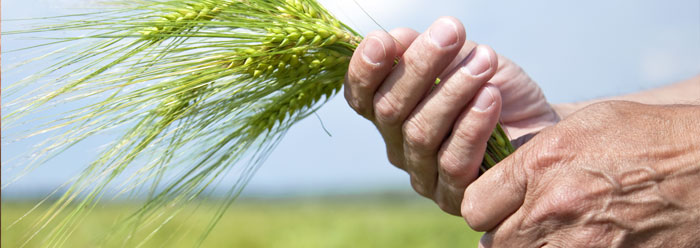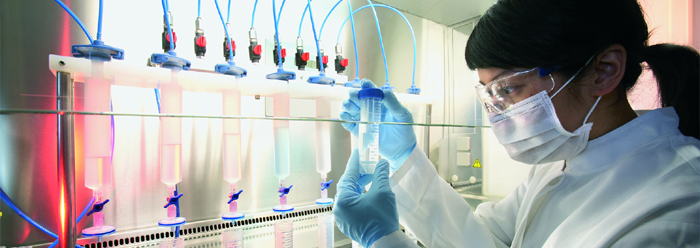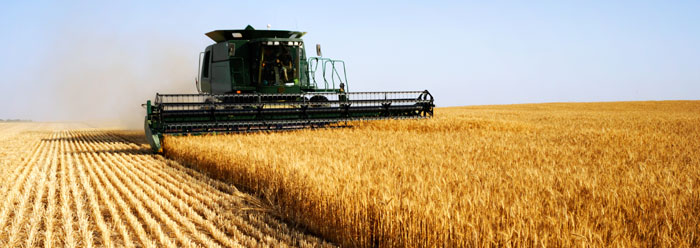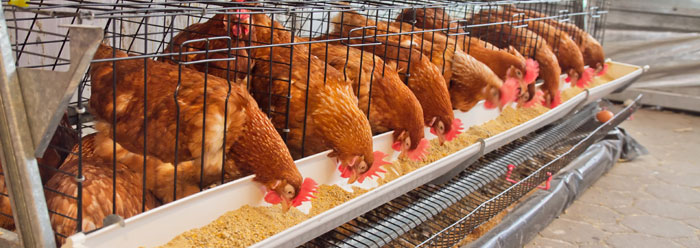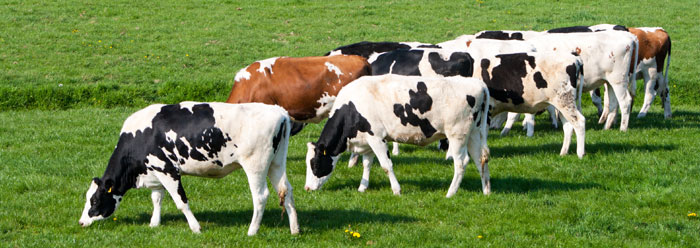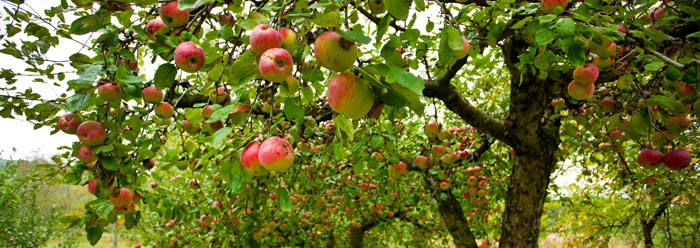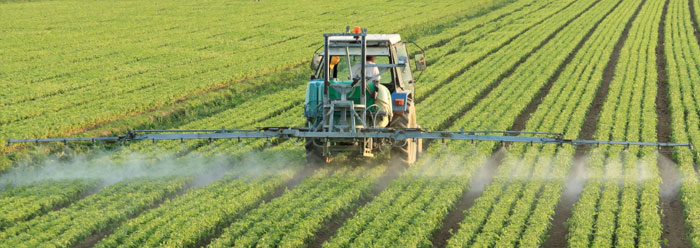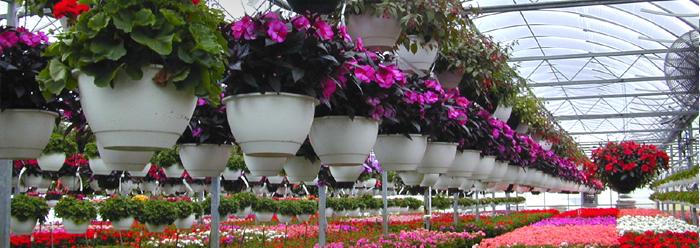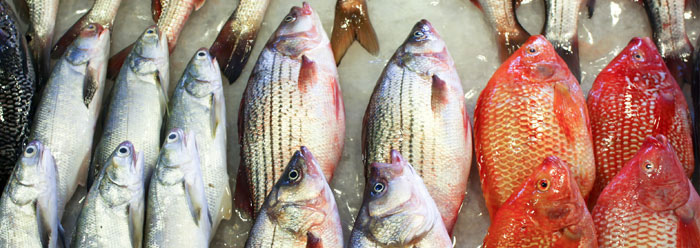|
|
| Agrovetbuzz Articles |
|
Animal Physiology 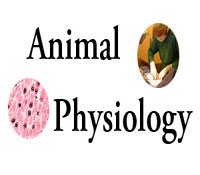 PHYSIOLOGY OF AGING PHYSIOLOGY OF AGING Dipak Banerjee and Anjan Dandapat National Dairy Research Institute, Karnal, Haryana-132001, India Introduction Aging can be defined as the progressive functional decline of tissue function that eventually results in mortality. Such functional decline can result from the loss or diminished function of postmitotic cells or from failure to replace such cells by a functional decline in the ability of (stem) cells to sustain replication and cell divisions. Generally normal aging is associated with a reduction in functional reserve capacity in tissues and organs. There are mainly two types of age- (1) Chronological age (2) Physiological age Animal Biotechnology STEM CELLS FOR IMPROVEMENT OF LIVESTOCK Dibyendu Chakraborty1 , Anjan Dandapat2 , Tapan Kumar Das3, Yathish H M4 , Diapk Banerjee5 , Shamik Polley6 , Dipak Sinha3 and Asraf Hossain3 1Ph D Scholar, Animal Genetics & Breeding, NDRI, Karnal 2Assistant Professor, Animal Genetics & Breeding, College of Veterinary Sciences & A. H.,Tripura 3Ph D Scholar, Animal Nutrition, NDRI, Karnal-132 001 4MVSc, Animal Genetics & Breeding, NDRI, Karnal-132 001 5Ph D Scholar, Animal Physiology, NDRI, Karnal-132 001 6SRF, Animal Biotechnology, NDRI, Karnal-132 001 National Dairy Research Institute Karnal-132 001, Haryana, India Introduction: In 21st century, the most exciting and emerging area of medicinal research is stem cell research. Stem cell research holds the promise of developing treatments for many life-threatening and debilitating diseases. Stem cell technology is a rapidly developing field that combines the efforts of cell biologists, geneticists, and clinicians. The term 'stem cell' is widely used to describe cells capable of both prolonged self-renewal and differentiating into one or more functional cell types (Zandstra & Nagy 2001, Gepstein 2002). In other words, stem cells can also be defined as the cells found in all multi-cellular organisms, with the ability to renew themselves through mitotic cell divisions and to differentiate into a diverse range of specialized cell types. Contributions of livestock model for research in stem cells shall be helpful in solving challenges in medicine such as the shortages of human cells, tissues and organs as well as therapeutic proteins. There are two types of stem cells e.g. Embryonic stem cells (ESC) and Adult stem cells (ASC). ES cells are pluripotent but adult stem cells usually differentiate into limited lineage(s). The restricted plasticity and limited self-renewal capacity cells are also referred to as progenitor cells. Progenitor cells are the immature or undifferentiated cells, typically found in post-natal animals, which share many common features with stem cells. |





